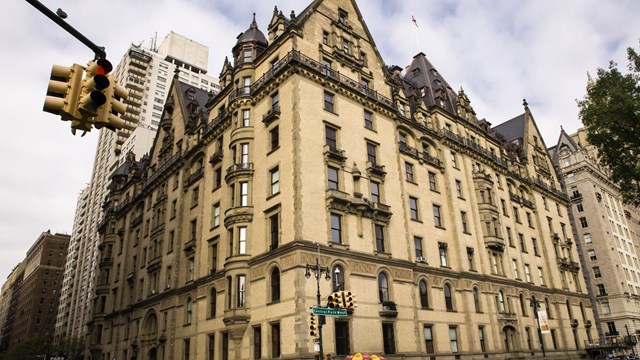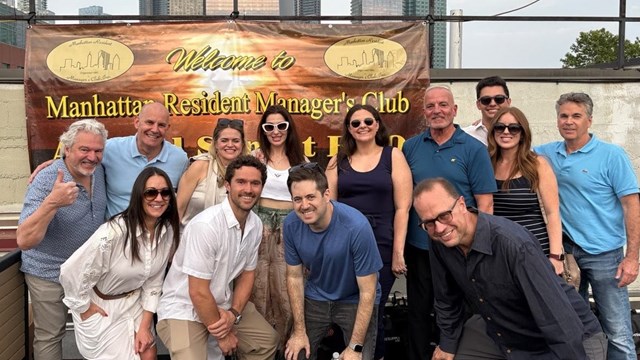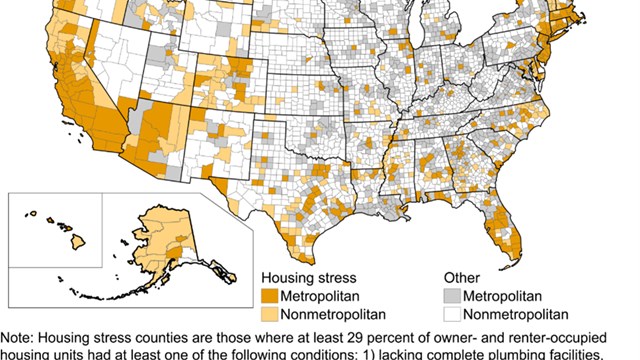
New York City’s governing structure is complex for a metropolis of 8.2 million residents—it takes a lot of people in a lot of departments and organizations to keep the city running smoothly. Some of those people (the mayor, for instance) are household names, while others are perhaps less well known. The members of the city’s community boards may fall into the second category, but the work they do for the city is no less important for being done largely behind-the-scenes.
The Board Story
There are 59 community boards in New York City—12 in Manhattan alone—each established by city charter in the early 1960s as a way for citizens to be more directly involved in local politics. Over the years—once in 1975 and again in 1989—the charter was updated to give the city’s community boards more influence and input as to how their neighborhoods are governed.
Each community board is made up of up to 50 unsalaried members, all of whom are appointed by the borough president. The president must choose half those members based on nominations by the district’s city council representative, and half by personally identifying active, committed community members who would be an asset to the board.
In order to be considered for a community board position, one must live, work, or have some vested interest in the administration and governance of the neighborhood. Once appointed, community board members’ responsibilities include coordinating municipal service delivery and land use, advocating on behalf of their neighborhood for allocation of city funds, and deciding on community welfare and quality-of-life issues, such as approving liquor licenses for bars and clubs wishing to move into the area.
Community board members serve staggered terms to prevent total turnover in a single year. City employees can serve on their community board, but the number of city workers eligible to serve is limited to no more than 25 percent of the total number of board members. City Council members are also automatic community board members, though they do not vote in that capacity.
According to the city’s government website, www.nyc.gov, the borough president must ensure adequate representation from different geographic neighborhoods in the district, and must consider whether all segments of the community are represented. Community boards and civic and other community groups may submit nominations to the borough president or to the council members.
Helen Rosenthal, the chairperson for CB7 on Manhattan’s Upper West Side, says that “board members are required to attend all full board meetings, as well as two committee meetings each month. Each meeting lasts between two and four hours. Volunteers can attend meetings as they please—but they must attend at least three committee meetings if they wish to vote on an issue.”
Rosenthal also says that when a board representative is negligent in his or her duties—by failing to attend six months-worth of board meetings, for example—he or she may be removed from the board and replaced by another individual chosen by the borough president.
Running the Show
Each community board has its own office, district manager, and staff. The district manager establishes an office, hires staff, and implements procedures to improve the delivery of city services to the district. They are often complaint takers, municipal managers, information sources, community organizers, mediators, advocates, and much more. Community board operations are funded by the city and supported by a staff comprised of city employees.
“There are three functions within the office,” says Kenneth Kearns, district manager for CB10 in the Bronx. “Constituent service, scheduling meetings for the various committees and in our case, housing and zoning—which is very important because we have input into housing and zoning issues within the board service area. It’s purely advisory, but it’s a charter-mandated function.”
The other main responsibility of the district office is to receive and resolve complaints from community residents—but the board’s function certainly doesn’t stop there. Boards also advocate on behalf of seniors and lower-income community members and coordinate tenant-merchant cooperative associations. They also handle things like block party and street fair permits, dog runs, and neighborhood cleanup and beautification projects.
Committees, Communication, Controversy
Community boards meet at least once a month, except in July and August as mandated by city charter. Meetings are open to the public but are primarily for board members to discuss and decide upon issues affecting their jurisdiction.
According to the city’s website, community board “actions, decisions, etc. can only be authorized by a majority of the members present and entitled to vote during the presence of a quorum.”
The charter also requires that adequate notices of meetings and hearings be given to the public, that time to hear comments from the public be set aside at meetings, and that meetings must be available for broadcasting and cablecasting.
The typical community board meeting usually starts off with a public session, and then moves on to reports from the various board members (the chairperson, the district manager, any visiting officials or guests, and so forth). After that, it’s on to presentations and reports from various committees, and finally to any action items or resolutions that need to be voted on.
Boards also conduct meetings to gather public input on issues of importance to the city’s governance. Needless to say, when the issues are big or controversial, opinions—and community hearings—can get more than a little heated. According to Rosenthal, “Infrequently there are meetings that are very contentious. Everyone is given an opportunity to speak however, which generally calms things down.” If a business owner or citizen wants to appear before their board with a proposal or complaint, Rosenthal continues, “anyone can come to one of the monthly full board meeting and raise their issue; they have two minutes to speak.”
Much of a board’s business is carried out by special committees formed to address one particular aspect of governance.
Both committees and the board as a unit advise city government officials and make decisions about a wide array of issues, including how their neighborhood is developed and preserved, how much city funding their area receives, and a host of other matters including traffic congestion, housing, and crime.
A Balancing Act
Community boards are key in holding the balance between commercial development in their neighborhoods and citizens’ quality of life. “Each committee tries to analyze issues in a way that takes all sides into consideration,” explains Rosenthal. “If a business is coming to the board for a routine request—such as a liquor license—they must post signs stating that there will be a public meeting one week prior to the meeting to notify neighboring residents.”
Thus, the community boards, its district manager, and its office staff serve as advocates and service coordinators for the community and its residents. However, they cannot order any city agency or official to perform a specific task; that is left up to the boards themselves to resolve.
“The most rewarding part about serving on a community board is addressing community concerns in a fair way. Also, finding opportunities for new benefits to the community,” says Rosenthal. On the other hand, she admits that “being in an advisory role to the city” can be challenging at times.
And it’s that balance, says Rosenthal, that embodies both the most rewarding and most challenging aspects of serving on a community board in New York City.
Hannah Fons is associate editor ofThe Cooperator.






Leave a Comment